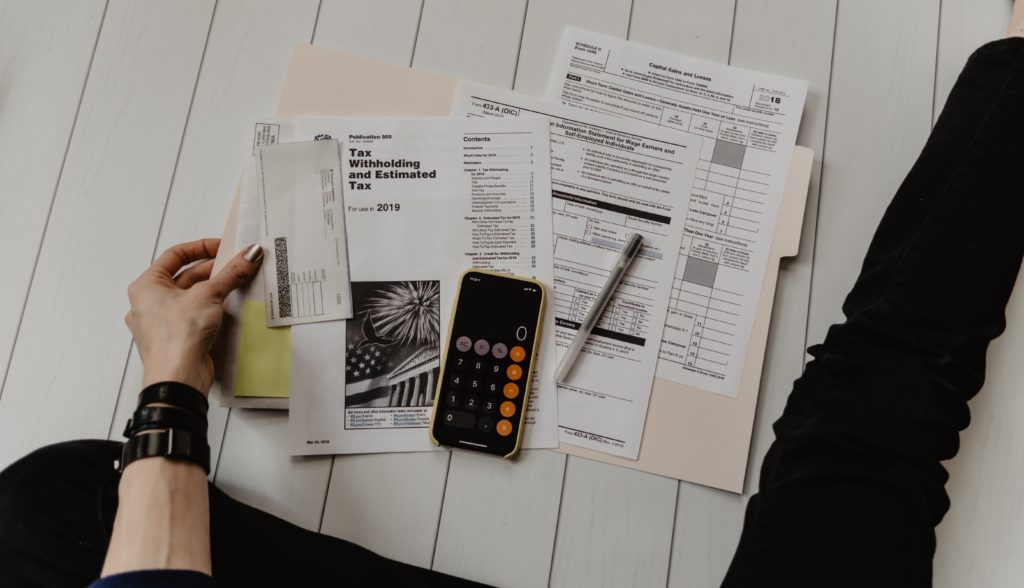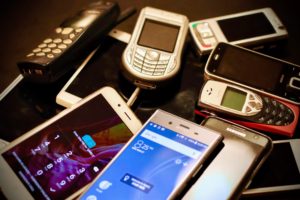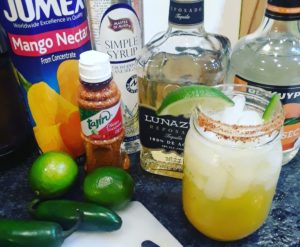
One of the biggest things we tackled in our initial long-term travel planning was the funding. We had a savings goal in mind but we wanted to give ourselves as much cushion as possible since our trip was open-ended and we were leaving our jobs.
While I don’t want this blog to be a travel guide per se, I do want to take a few posts to talk about how we made this happen.
I don’t want to add to the perfectly filtered, carefully curated, easy-breezy (completely false) dreamscape of world travel. There is a lot of work, planning, and sacrifice that goes into it.
Our financial plan of attack had two parts: cutting costs and increasing income. The first part will be covered here, find the second one in the next post.
Lower the overhead
One of our advantages to saving for this trip was our state’s cost of living. Oklahoma’s cost of living is one of the lowest in the nation, even living in the capital city. But we found ways to cut costs further.
Here are 6 ways we saved to make our Quest come to fruition.
1. Grocery shopping in bulk and meal planning.

This is a no-brainer and a must for anyone who is balling on a budget. Andy and I committed to taking our lunch to work, which meant lots of weekly meal prepping.
I had a Sam’s Club membership, so every 7-10 days I would stock up on staple items: frozen fruit, greens, meat, eggs, and fresh produce.
We ate a lot of the same meals during this time. Breakfast was protein smoothies, lunch and dinner were things like chili, lasagna, fajitas. We also committed to cleaning out our cabinet and freezer before we left, so that helped with the grocery bill, reduced food waste, and gave us more variety.
2. 1 year of no new clothes.
On my 30th birthday in 2017, I committed to an entire year of not buying new clothes. I had developed a bad habit of spending money on shit I didn’t need (like more sweatshirts and yoga pants).
This challenge was critical to our savings goal. Except for replacement jeans (because I completely wore out my one pair), I didn’t buy any new clothes for an entire year.
To be honest, it was way easier than I thought it would be.
3. Pay-as-you-go phone.

I was tired of my high cell phone bill, so when my contract was up, I switched to a pay-as-you-go phone. The phone itself wasn’t great (the camera sucked), but because I connected to the wifi at home and at work anyway, I didn’t notice much of a difference in service.
This switch saved me about $35/month.
Before we left, I upgraded to an iPhone (discounted with a new contract) and joined the family plan with Andy. I reasoned that the cost was more than worth it to have the higher quality camera since we weren’t planning on packing a separate camera.
4. Coffee at home.

As with grocery shopping and meal planning, skipping coffee shops is a no-brainer when you’re on a budget. And with our crazy schedules and workload, we weren’t about to go without coffee.
We had been making our own coffee for a while anyway, but when we started making our own cold brew, we hit a new level. Not only is it delicious and way cheaper to make at home, but cold brew kept us fueled during those 19 months of hustling and planning.
5. Cocktails at home.

Just because you’re on a tight budget doesn’t mean you can’t have fun. In addition to cleaning out our pantry and freezer, we also wanted to clear out our liquor cabinet.
This meant lots of cocktail hours at the Swanson house. It also gave us a more intimate setting to spend quality time with friends and family before we left.
One of my favorites to make and drink was a spicy mango or guava margarita. Fresh lime, fresh jalapeno, add a Tajin rim and *chef’s kiss*
6. Vigilant budget tracking.
I already mentioned how much I enjoy tracking my own budget and savings but here is where I kicked it up a notch.
Early in our planning, we both applied for credit cards that would give us rewards for travel. But sometimes credit cards can result in mindless spending and runaway budgets.
I needed a hack for myself so I could stay on track.
So I bought a coupon wallet and some play money. Every time I spent money on gas, groceries, whatever, I would take the receipt and move that amount of money to a “spent” section of the wallet. That way, the remaining money served as a visual check for how much I had left for the month.

Was it nerdy? Yes.
Did it work? Also yes.
Find what works for you and stick with it.
Frugality for the sake of frugality is tough and can feel like punishment. But frugality with a big goal (a dream!) in mind feels like a game. Don’t think about it as how little you have to spend, but how much you get to save.
And speaking of saving…
As we watched our rate of savings grow, we were excited. Then we got kinda pissed at ourselves for not starting this earlier.
How much money could we have saved by now if we had been just a little more mindful earlier on?
How much money had we wasted on stupid stuff?
We had to let it go and stop beating ourselves up over it. Because it wasn’t helpful and just made us feel dumb.
The important thing is that we became aware and took charge of our finances.
We created a goal and worked towards it.
What budget hacks have you used to reach a financial goal? We’re always looking for new ideas.
Check out the next post to learn how we increased our income.

Love this! Such helpful life hacks for meeting any goals!
I’ve learned even more since then! I think we’ll have to apply them all to readjust to the US cost of living after being in Vietnam for so long ?
Enjoyed reading this, Keep it up Katie!
Thanks! We’ve got lots more coming, stay tuned!